Brief
Improving Science Trust and Attitudes Through DIY Citizen Science
Connected Science Learning May-June 2021 (Volume 3, Issue 3)
By Nicholas Bednar, Sudha Arunachalam, and Laura Wagner
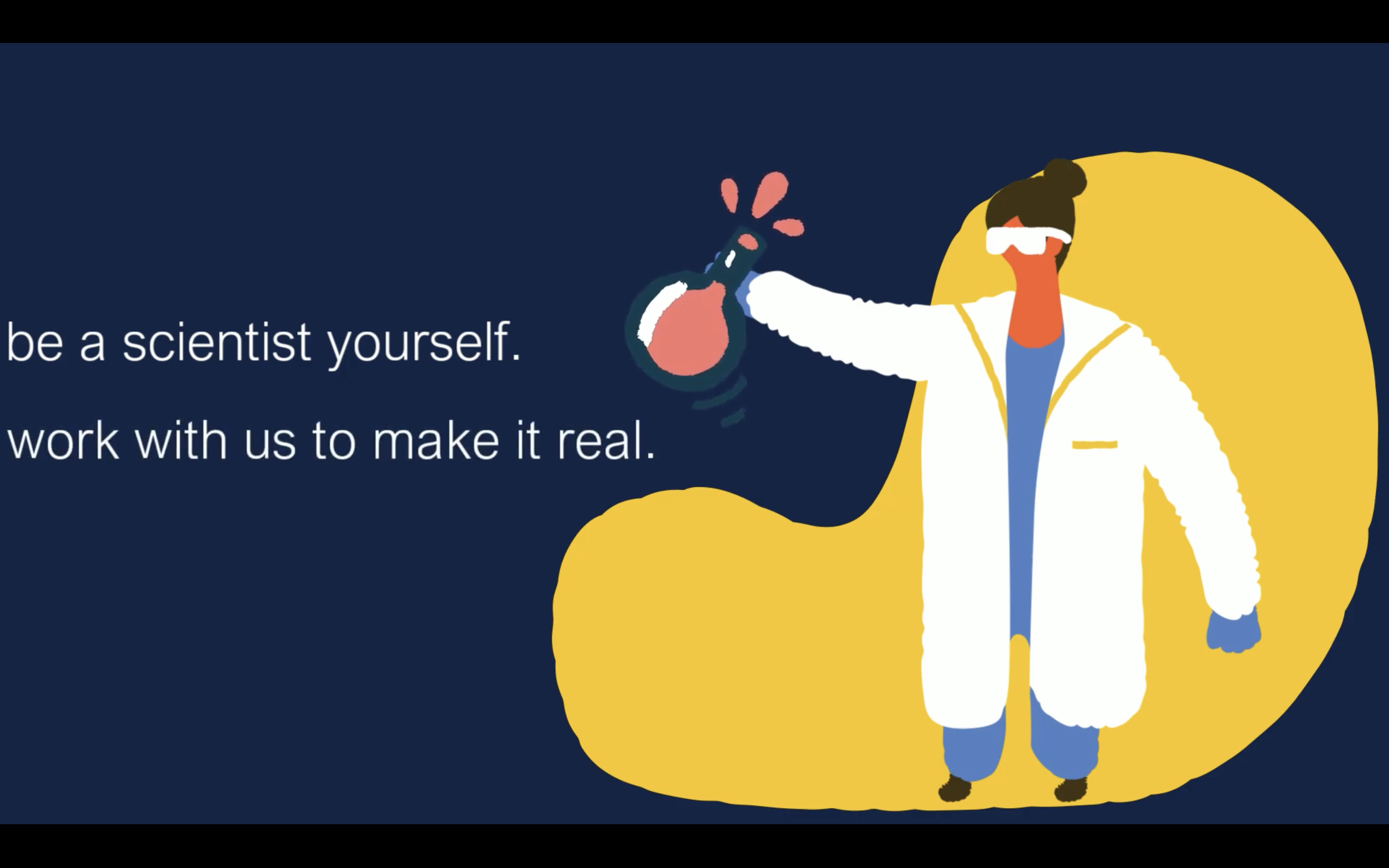
I learned more about everything that has to go into doing a research project … and it sparked my interest into language science and more in-depth questions as well! —Final feedback from an anonymous citizen scientist
Public trust in science is falling, and as we continue to face the effects of an increasingly post-truth society, efforts to improve STEM interest and understanding are also becoming increasingly important (Lapsley and Chaloner 2020). This issue is front and center as we continue to fight a global pandemic that has worsened due to the proliferation of misinformation and the existing disconnect between scientists and the general public. Helping everyday people participate in the scientific process is one of the most effective ways to close this gap and help people learn what science is like in practice (Funk et al. 2019). Citizen science is a useful approach for this purpose, allowing researchers to outsource data collection or processing tasks to the public, but most often these programs involve others in only a single level of an existing investigation (Bonney et al. 2016).
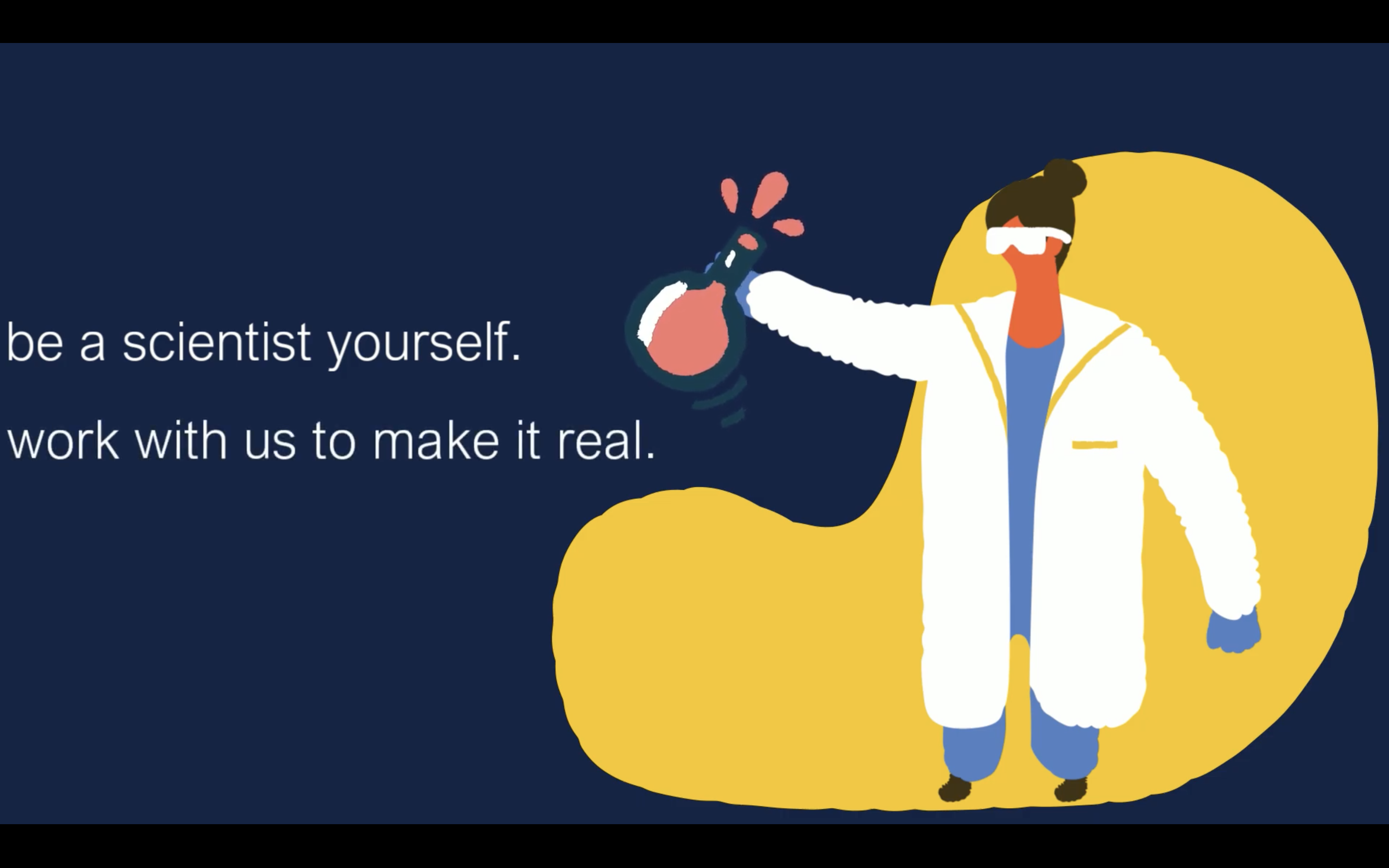
Cognitive Science DIY (or CogSciDIY) is a new approach to public science outreach that draws heavily from the citizen science tradition. This program allows participants to lead the design of an accessible experiment from the ground up, starting with the selection of a research question and following through to the completion of data analysis. Unlike more traditional citizen science projects, the citizens here do not collect the data, but instead contribute to the scientific development process. The public can learn about scientific methods by doing science alongside qualified professionals. See Table 1 for a program outline.
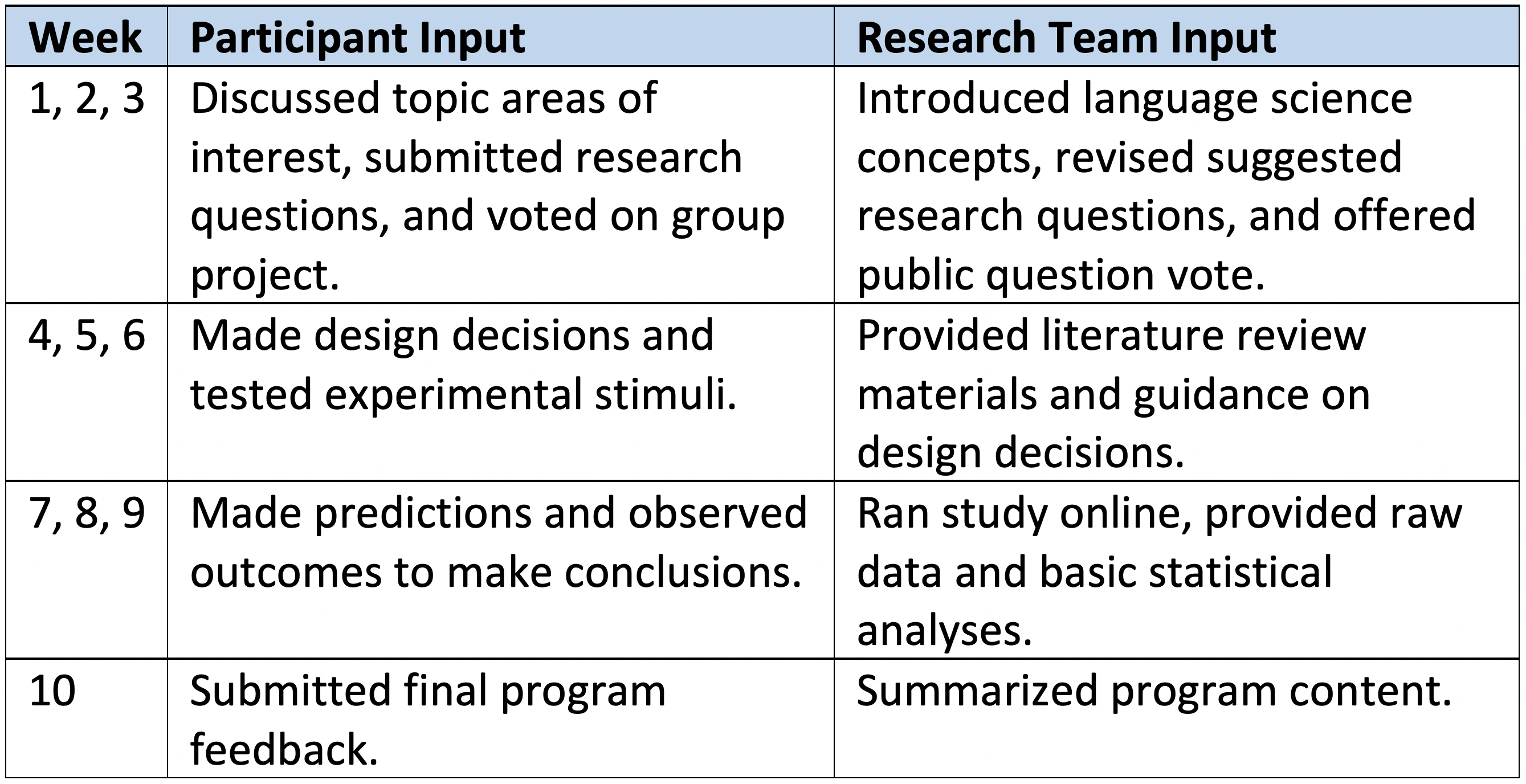
A preliminary test of this project was recently conducted over a 10-week timespan (see Figure 2 for the main landing website), using the field of language science as its foundation.
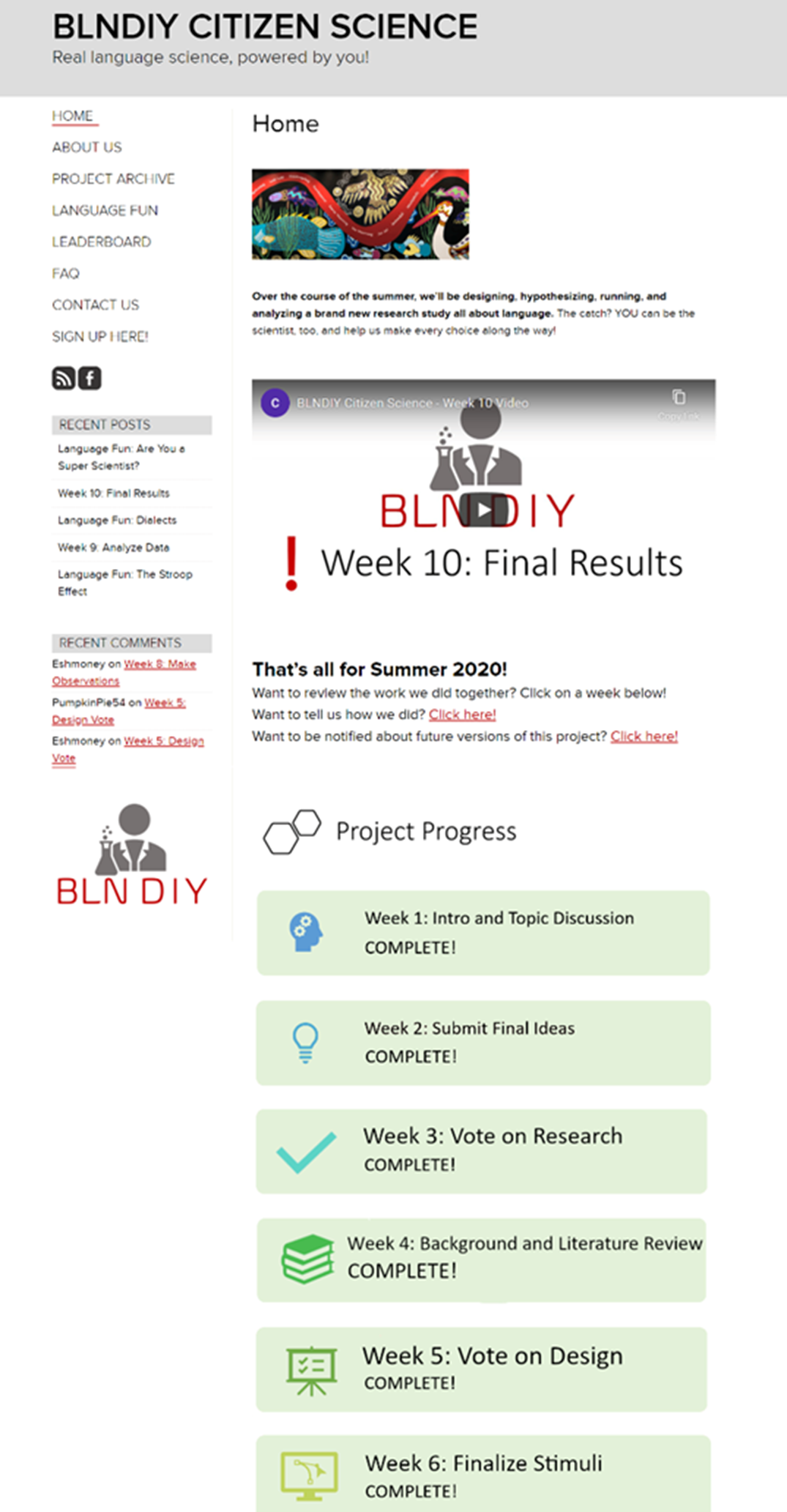
Figure 3 shows a survey from Week 3, asking participants to choose the project’s research question. Selections were drawn from participant comments on the previous week’s message board. All website posts provided moderated comment sections for participant discussion, but citizen scientists were unable to privately contact other users. Participants were required to be 13 years or older (with parental consent required for participants under 18) to select a public username.

CogSciDIY has thus far proven to be an intriguing method of public science communication, engaging hundreds of people from around the world in its first run. The next iteration, planned for launch in June 2021 (see promotional video at the beginning of this article or visit our website), will be improved in several ways, including the introduction of content tracks that can be customized to specific subjects for instructional flexibility, new website design elements to present a more consistent visual style and allow participants to track their progress with customizable accounts, and partnerships with high school teachers to expand the program’s reach in formal classroom environments.
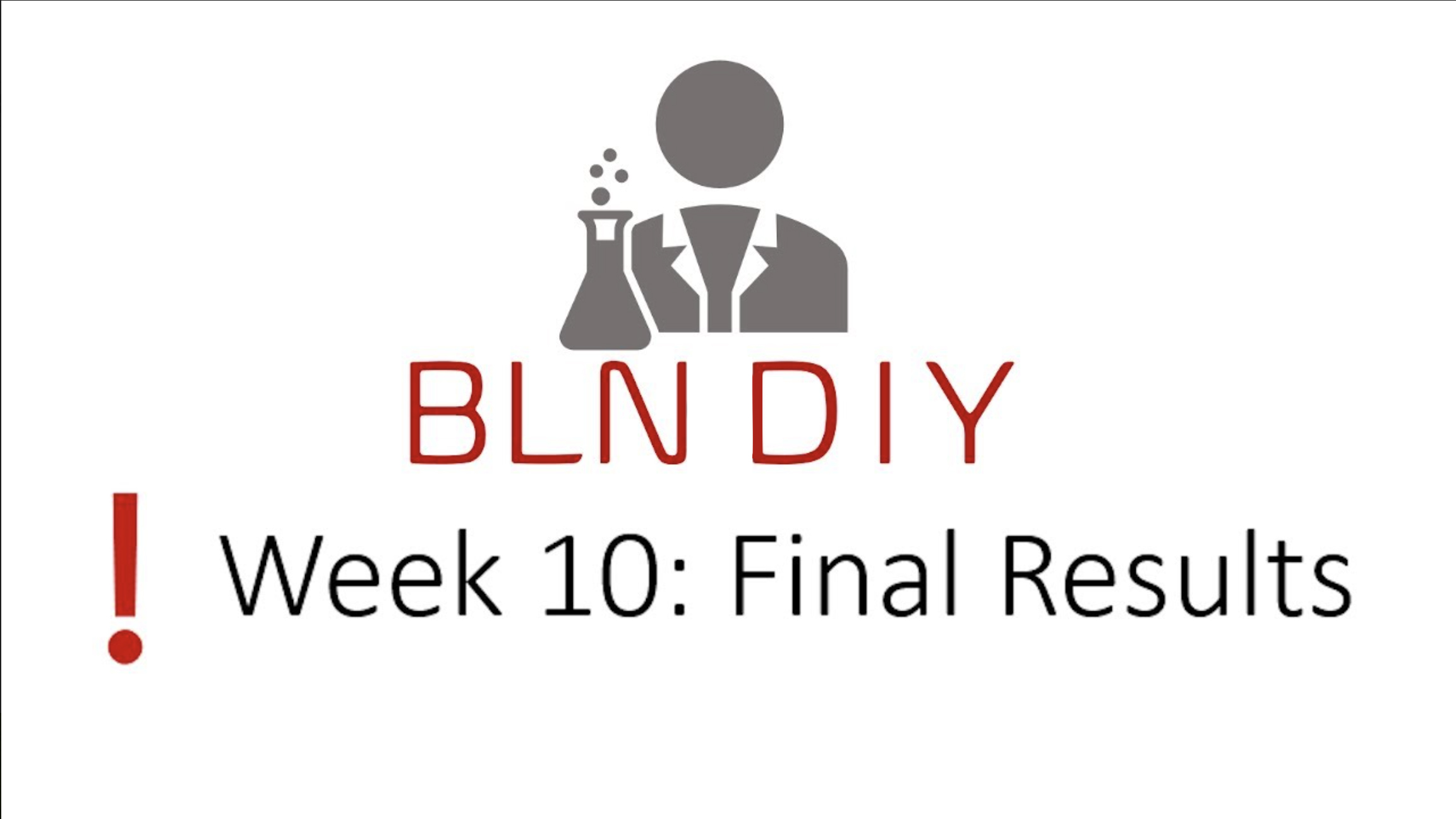
Pilot efforts to evaluate the impact of the program on participants’ science understanding and attitudes were included in this first effort, but too few responses were received to draw substantial conclusions. The upcoming summer iteration will have more opportunities for evaluating both this method’s ability to encourage participation as well as the extent to which it achieves its goals to improve science trust and understanding.
The trial run of CogSciDIY revealed a successful structure that can allow citizens the opportunity to participate in science, and thereby help create a pro-science citizenry. We invite educators to explore our efforts in the upcoming iteration, coming in June 2021.
Nicholas Bednar (bednar.48@buckeyemail.osu.edu) is a recent graduate majoring in Linguistics at The Ohio State University in Columbus, Ohio. Sudha Arunachalam is an Associate Professor in Communicative Sciences and Disorders at New York University in New York City. Laura Wagner is a professor in the department of Psychology and the Director of the Language Sciences Research Lab at The Ohio State University in Columbus, Ohio.
citation: Bednar, N., S. Arunachalam and L. Wagner. 2021. Improving science trust and attitudes through DIY citizen science. Connected Science Learning 3 (3). https://www.nsta.org/improving-science-trust-and-attitudes-through-diy-citizen-science
Citizen Science Teaching Strategies High School Informal Education


